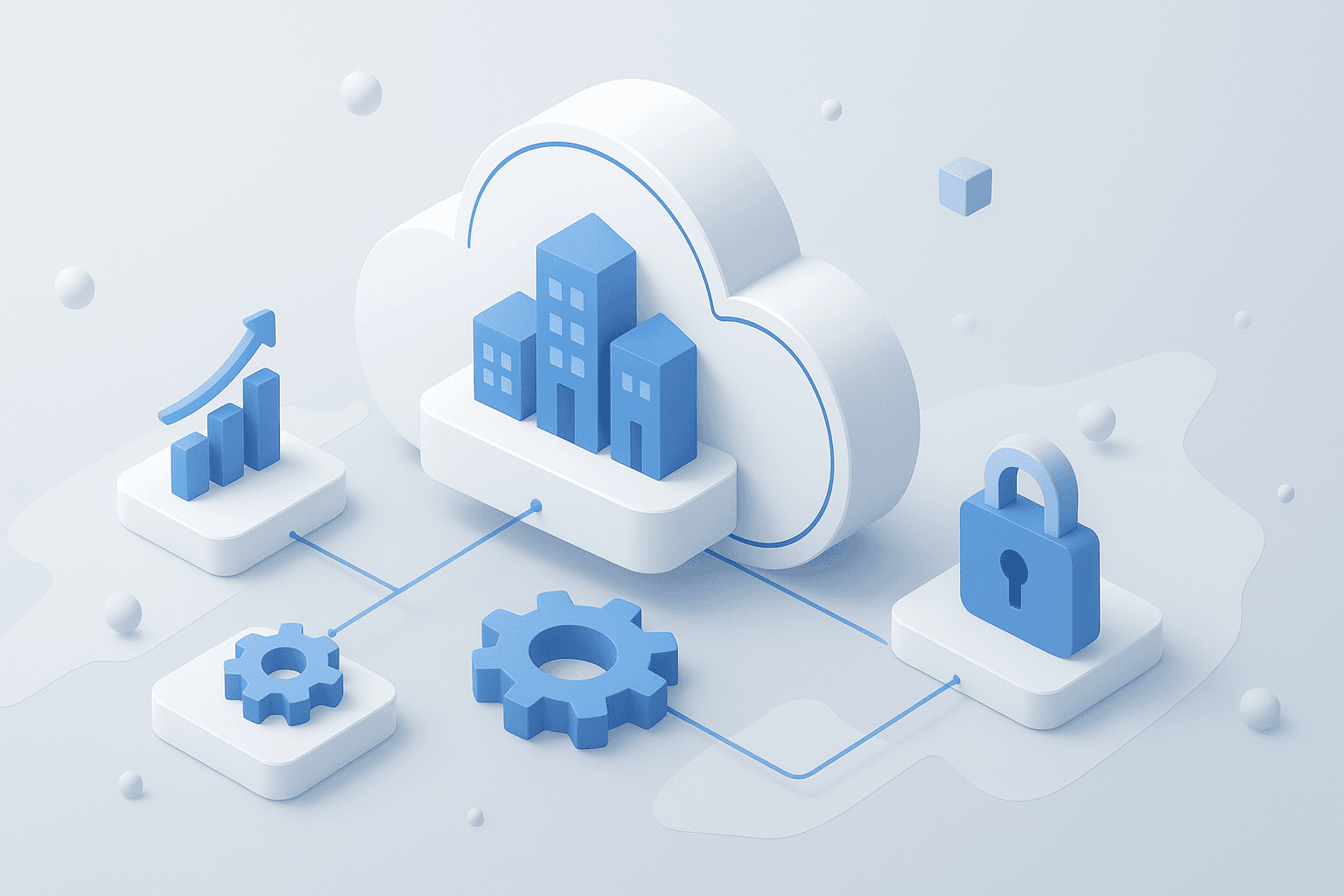Behind every successful SaaS product lies a solid architecture. One of the most important decisions for long-term scalability is whether to build on a single-tenant or multi-tenant architecture. In 2025, most SaaS businesses choose multi-tenant systems because they enable growth, cost-efficiency, and smoother management.
What Is Multi-Tenant Architecture?
In multi-tenant SaaS, one software instance serves multiple customers (tenants). Each tenant’s data is isolated and secure, while they share the same infrastructure and application code. By contrast, single-tenant systems give each customer their own instance—more isolated, but less efficient and harder to scale.
Multi-Tenant vs Single-Tenant
| Factor | Single-Tenant | Multi-Tenant |
|---|---|---|
| Cost | High (dedicated hosting per client) | Lower (shared infrastructure) |
| Scalability | Slower, each tenant needs setup | Fast, add users without new servers |
| Maintenance | Updates per client instance | Update once, all tenants benefit |
| Customisation | Easier per tenant | Requires customisation layers |
| Performance | Dedicated resources | Shared—must be managed carefully |
Benefits of Multi-Tenant SaaS
- Cost Efficiency: Shared infrastructure lowers hosting & maintenance costs
- Scalability: New customers onboard instantly without spinning up servers
- Easy Updates: Bug fixes & features deployed once for everyone
- Better Resource Use: Optimises server, storage, and database capacity
- Consistent UX: All tenants use the same product version
Challenges & Best Practices
While powerful, multi-tenant systems come with challenges:
- Data Security: Use row-level security or schema-per-tenant strategies
- Performance Isolation: Prevent heavy usage from affecting other tenants
- Customisation: Design flexible layers without breaking shared architecture
- Scalability Tools: Use Docker/Kubernetes for smooth scaling
Real-World Example
Think of Slack or Shopify—both run on multi-tenant SaaS architecture. One codebase serves millions of users worldwide, with data securely partitioned by account. A Melbourne SaaS startup could apply the same model to support rapid growth without skyrocketing hosting costs.
Final Thoughts
Multi-tenant SaaS isn’t just a technical choice—it’s a business enabler. It reduces costs, speeds up onboarding, and simplifies management, making it the backbone of modern SaaS in 2025.
At Mizara Studio, we design scalable multi-tenant SaaS architectures that balance security, performance, and flexibility—helping startups and enterprises grow smarter.
